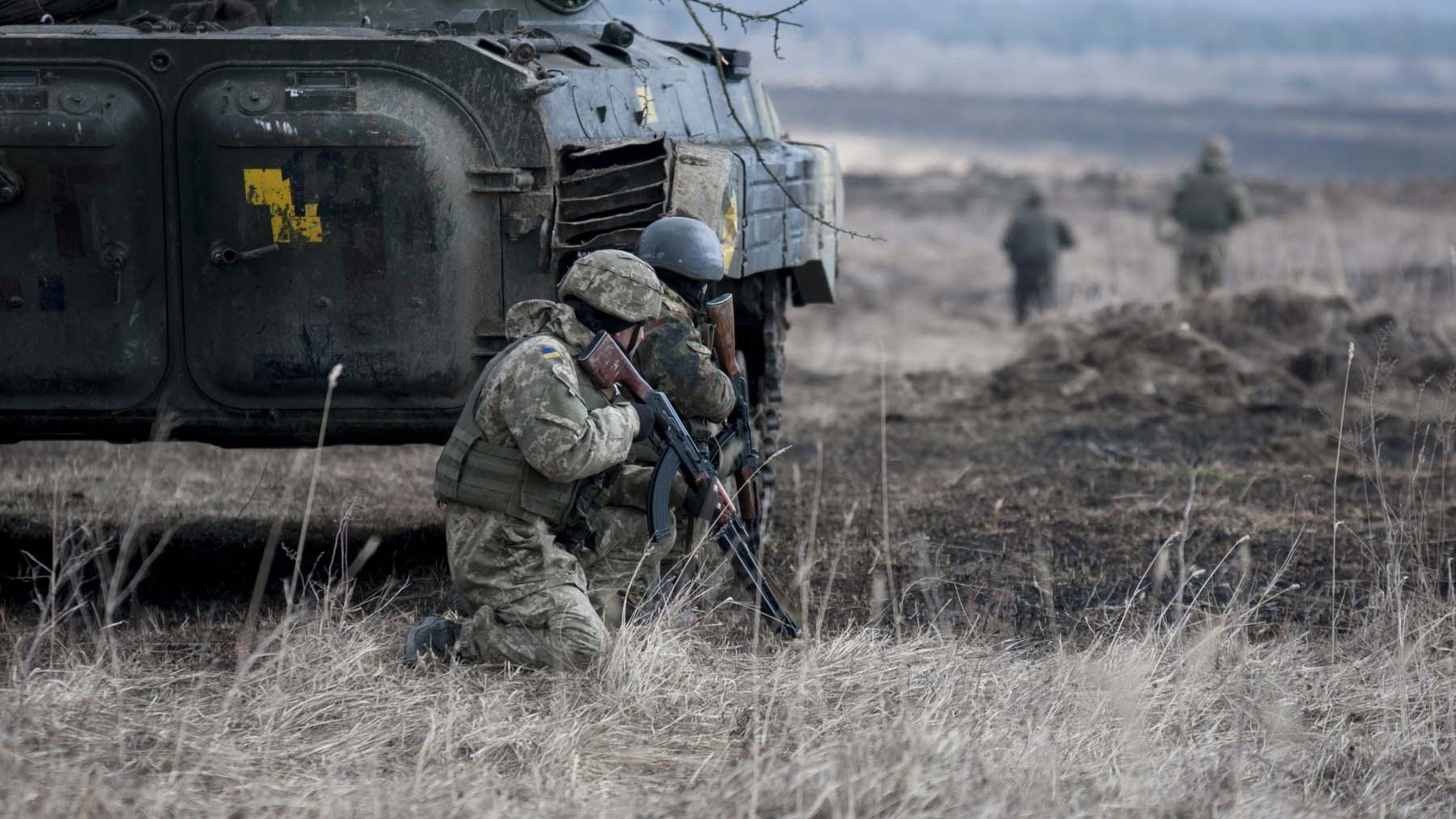War Offers Lessons on Russian Military, Warfare
War Offers Lessons on Russian Military, Warfare

The war in Ukraine illuminates several important features of the Russian military and warfare, according to the author of a new paper published by the Association of the U.S. Army.
“As the war has unfolded, Russian President Vladimir Putin’s strategy has proved faulty and his plan unreasonable—and his assumptions about both his soldiers and the attitudes of the Ukrainian people have shown themselves to be wildly misguided,” Lt. Col. Amos Fox writes in “Reflections on Russia’s 2022 Invasion of Ukraine: Combined Arms Warfare, the Battalion Tactical Group and Wars in a Fishbowl.”
Additionally, the Ukrainian military has put on a “stalwart performance,” writes Fox, who is a doctoral candidate at the University of Reading in the U.K. and a graduate of the Army’s School of Advanced Military Studies at Fort Leavenworth, Kansas.
“Ukraine’s military is pragmatic—they do not aggrandize one method of warfighting over another; instead, the Ukrainian military evaluates the situation and applies the right methods and tools to obtain tactical victories,” which is something that Russia’s military struggles with, he writes.
The ongoing conflict underscores the importance of combined arms warfighting, which incorporates an array of combat arms into a single organization instead of engaging in like-system fighting.
“Ukraine possesses a diverse array of combat arms, which provides them the physical means to wage small level and collective combined arms operations,” Fox writes. “Reports from the war are replete with cases of Ukrainian infantry luring Russian mechanized formations into urban areas, canalized road networks or wooded areas, and then ruthlessly eviscerating those dislocated formations with a range of antitank weaponry.”
When warfighting shifts from a small theater to a larger one, as it did when Russia invaded Ukraine, how a nation projects power and adapts can shift “the operational table,” Fox writes.
“[Battalion tactical groups], small battalion-level combined arms task forces, worked well in the 2014–2015 Donbas campaign because the theater was relatively small,” he writes. In 2022, “facing an existential threat from Russia, Ukraine turned cities like Kyiv and Kharkiv into defensive anchors. … Due to insufficient, ineffective or non-existent reconnaissance, advancing Russian BTGs blindly and unwittingly impaled themselves during their push to take those cities.”
Small theaters can amplify some of the positive aspects of battalion tactical groups and obscure structural problems that would become evident in a larger theater.
“It is important to remember that positive effects are amplified in small theaters, but those effects do not necessarily scale when brought to medium or large theaters,” Fox writes. “Negative aspects of warfighting in small theaters can be quickly overcome, thereby hiding potentially deleterious structural problems with force structure, warfighting doctrine and strategies.”
Before assessing what lessons can be learned from the war in Ukraine, the mechanics of conflicts and how they shape warfare must be considered, he writes.
“Policymakers, military analysts and practitioners must be watchful of taking the ‘lessons’ of small-theater campaigns or wars and making grand proclamations about how the mechanics of those conflicts have reshaped the face of warfare,” Fox writes. “Not all force structures, such as the BTG, or all warfighting techniques … are transferable or scalable to large-theater wars.”
Read the full paper here.

